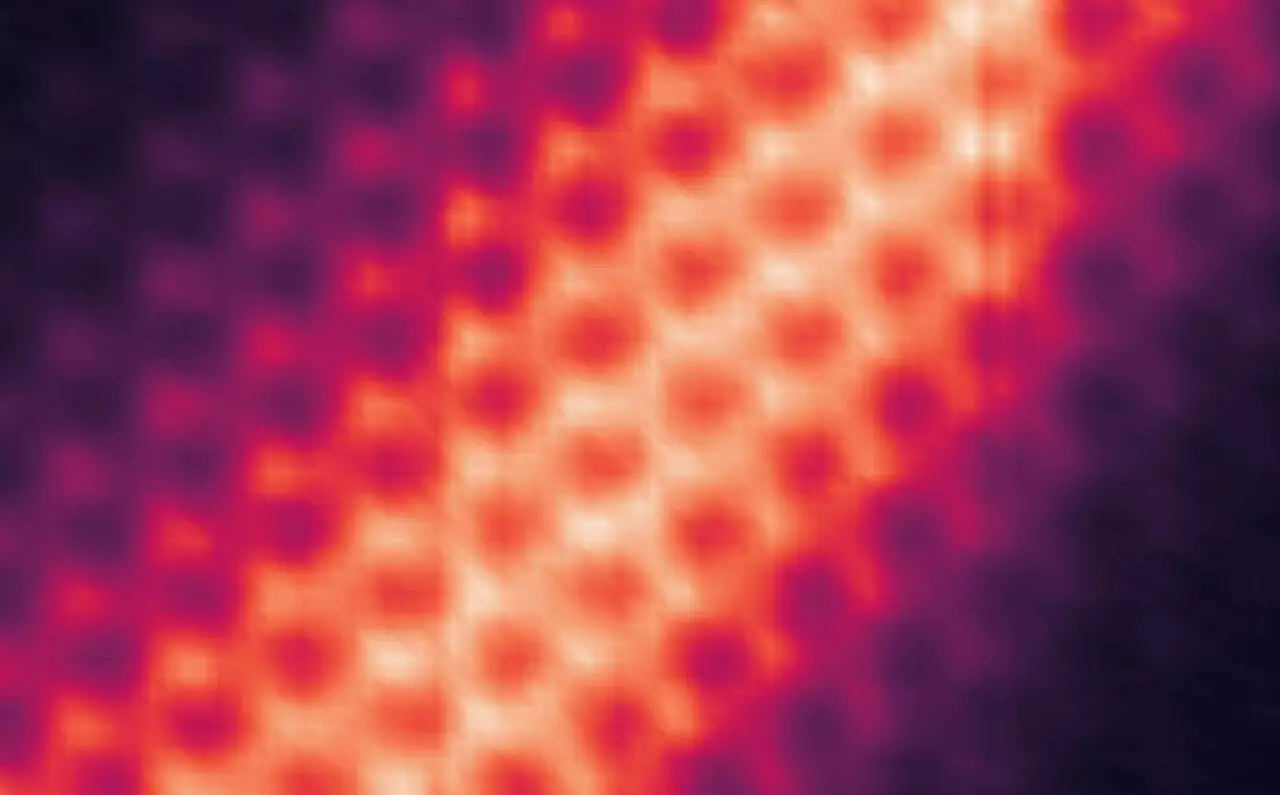The field of quantum computing and energy-efficient electronics is rapidly advancing, thanks to the groundbreaking work of an international research team led by Lawrence Berkeley National Laboratory (Berkeley Lab). The team recently achieved a significant milestone by capturing the first atomic-resolution images of a chiral interface state and demonstrating electrical control over this exotic quantum phenomenon. This achievement has the potential to revolutionize the way researchers approach quantum computing and could pave the way for energy-efficient electronic devices.
Chiral interface states are conducting channels that allow electrons to flow in only one direction, preventing backward scattering and reducing energy-wasting electrical resistance. These states play a crucial role in the development of quantum anomalous Hall (QAH) insulators, which are materials that conduct electrons without resistance at their edges. Visualizing the spatial characteristics of chiral interface states has been a major challenge for researchers, but the recent work by the Berkeley Lab team has provided valuable insights into the behavior of these states at the atomic scale.
The research team used a device called twisted monolayer-bilayer graphene to prepare chiral interface states in a 2D insulator. By utilizing a scanning tunneling microscope (STM), the researchers were able to detect and visualize the wavefunction of the chiral interface state. They also demonstrated the ability to control the movement of the state across the sample by adjusting the voltage on a gate electrode underneath the graphene layers. Furthermore, the researchers showed that they could “write,” “erase,” and “rewrite” the chiral interface state using a voltage pulse from the tip of the STM probe.
The ability to create and manipulate chiral interface states has far-reaching implications for the field of quantum computing. By building tunable networks of electron channels with resistance-free conducting capabilities, researchers can develop energy-efficient microelectronics and low-power magnetic memory devices. Additionally, the exotic electron behaviors observed in QAH insulators could be harnessed for future quantum computation applications. This research opens up new possibilities for studying other exotic phenomena in related materials, such as anyon quasiparticles, which could play a key role in advancing quantum computation technology.
The work conducted by the international research team at Lawrence Berkeley National Laboratory represents a significant step forward in the study of chiral interface states and their applications in quantum computing and energy-efficient electronics. The groundbreaking experiments conducted by the team have provided valuable insights into the behavior of these states at the atomic scale, opening up new avenues for future research and technological development. As researchers continue to explore the potential of chiral interface states, we can expect further breakthroughs in the field of quantum information systems and materials science.


Leave a Reply